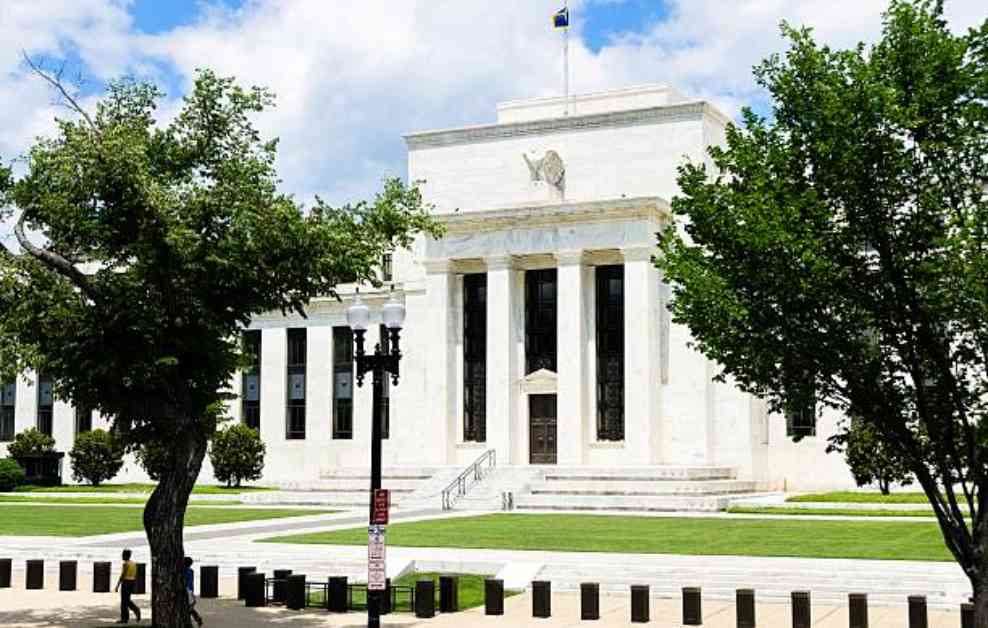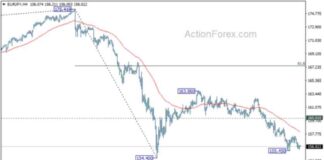The Federal Open Market Committee (FOMC) recently initiated an easing cycle by reducing the fed funds target range by 50 bps to 4.75%-5.00% at its last meeting in September. However, it appears that further rate cuts will proceed at a slower pace. The upcoming meeting on November 7 is expected to see a 25 bps reduction in the fed funds rate.
In the period since the last meeting, the U.S. economy has shown resilience with positive economic activity and strong labor market indicators. The September jobs report revealed a robust pace of hiring and a decline in the unemployment rate. Additionally, solid retail sales and consumer price inflation coming in stronger than expected indicate a firm footing for consumer spending.
The FOMC’s September dot plot, along with recent data and policymakers’ comments, suggest that another 50 bps rate cut is unlikely at the upcoming meeting. Instead, a 25 bps cut is more probable as the real fed funds rate remains high compared to previous expansions. The Committee aims to adjust policy to support the labor market without reigniting inflation.
There may be some dissent among FOMC members at the November meeting, with risks leaning towards rates remaining unchanged rather than another large cut. Recent signs of funding pressures indicate that the FOMC may discuss the pace of quantitative tightening (QT) at the meeting. While no changes to QT are expected, the stress in funding markets could prompt a discussion on the timeline for halting balance sheet runoff.
The FOMC has maintained the federal funds rate target range for over a year before the recent rate cut in September. With inflation receding and signs of a softening labor market, the decision to cut rates was made to balance risks to the economy. However, with the economy showing resilience, the need for further rate cuts is being debated.
The end-game for QT is also a key topic for discussion at the upcoming meeting. The Fed has been reducing its balance sheet over the past two years, and the discussion will likely focus on the timeline for halting balance sheet runoff. While an end to QT is not expected at the November meeting, the FOMC will likely consider the implications of liquidity conditions in the banking system.
In conclusion, the FOMC is expected to proceed with a 25 bps rate cut at the November meeting, taking into account the recent economic data and the need to support the labor market. Discussions on QT and balance sheet runoff will also be significant topics as the Committee aims to maintain stability in funding markets and the overall economy.

















